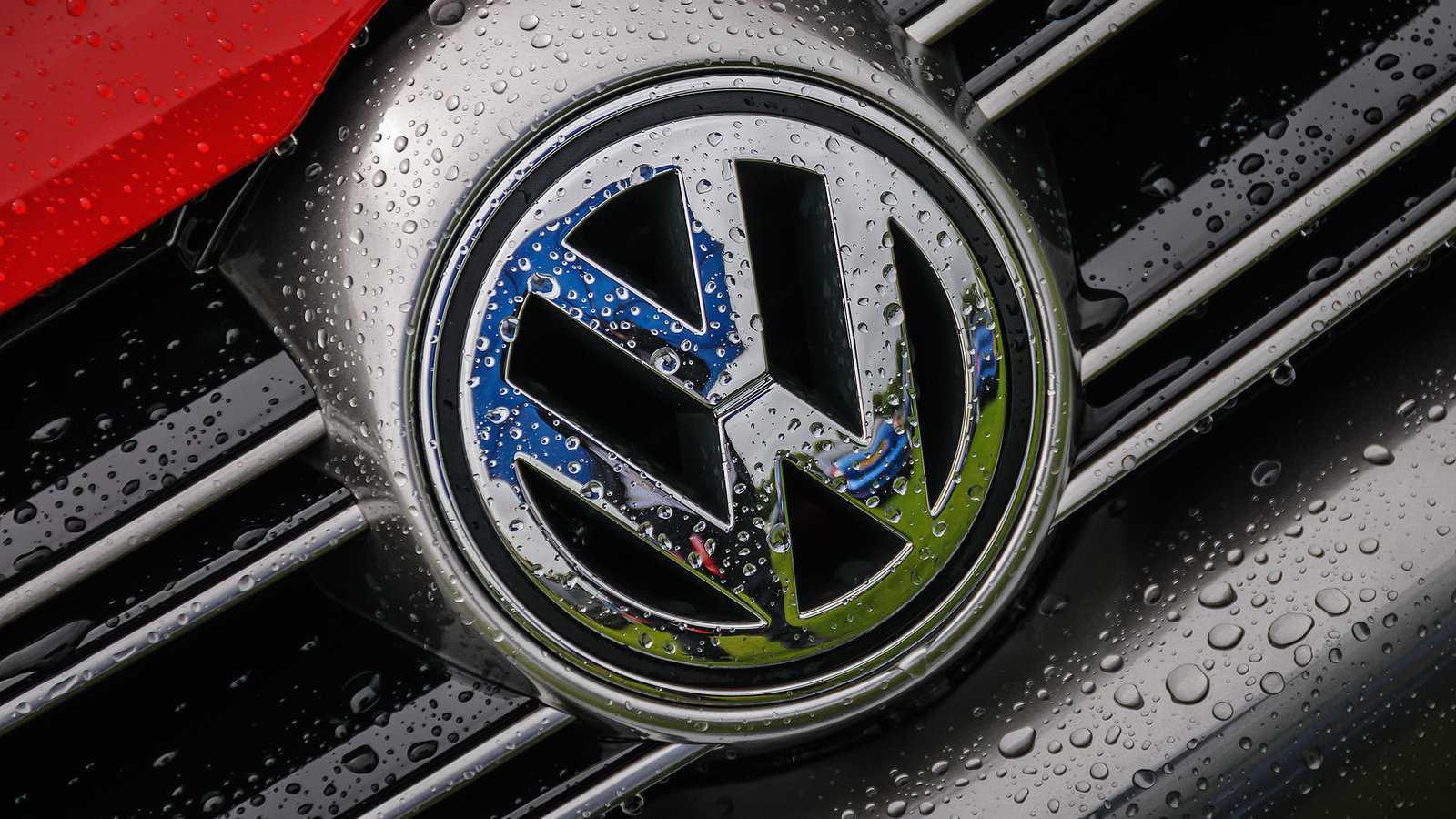The emission cheating scandal at Volkswagen wasn’t carried out by a rogue band of wicked engineers, says a trio of lawsuits filed earlier this week by the Attorneys General of New York, Massachusetts, and Maryland. They claim the company was one big pajama party of deception for nearly a decade.
Engineers, company lawyers, and executives across the German company and its Audi and Porsche affiliates were involved, according to New York Attorney General Eric Schneiderman.
“The allegations against Volkswagen, Audi, and Porsche reveal a culture of deeply-rooted corporate arrogance, combined with a conscious disregard for the rule of law and the protection of public health and the environment,” Schneiderman said.
His lawsuit draws a damning picture of greed and deception. I read all 90 pages of it, and here’s a quick look at some of the more alarming allegations.
1. Volkswagen considered the costs of getting caught and went ahead with it anyway.
In the early 1970s, Chrysler, Ford, General Motors, and Volkswagen were all busted by the EPA for installing switches in their cars that turned off pollution controls during cold weather. The fines were tiny — Volkswagen paid $120,000.
More than 40 years later, the threat of EPA fines wasn’t exactly a deterrence. In a response to a recent lawsuit by its shareholders, Volkswagen justified its recent actions by arguing that the EPA’s paltry fines meant that installing pollution workarounds (aka “defeat devices”) made sound business sense. Here’s how VW put it:
“Even the highest fine to date, which amounted to U.S. $100 million and was imposed in 2014 against the Hyundai/Kia group, was at the lower end of the statutory range of fines. This case involved roughly 1.1 million vehicles, which works out to a fine of barely U.S. $91 per vehicle. It is obvious that fines in this amount are not even remotely capable of influencing the share price of a globally operative company such as VOLKSWAGEN.”
2. Volkswagen and Audi executives and engineers openly talked about building defeat devices.
And they would have had to, because defeat devices went through six generations of hardware and software development before VW got caught.
3. Volkswagen issued fake recalls to cover its tracks.
In May of 2014, a group of scientists at West Virginia University discovered something strange. VW diesel cars were emitting between five and thirty-five times more pollution than the legal limit. The lawsuit says VW spent the next year trying to cover its tracks by issuing software recalls that were purportedly just upgrades, but which were actually designed to disable the defeat devices they’d installed.
4. VW destroyed a whooooole bunch of documents.
U.S. regulators were closing in on Volkswagen during the summer of 2015. According to the lawsuit, a senior attorney at Volkswagen told multiple employees from the engineering departments that had created the documents that they needed to start destroying them.
And they did. Some of what they trashed has been recovered, but not all of it.
As it turned out, VW got their math wrong when it came to the financial cost of selling faux-hippie cars to idealistic Americans. In June, Volkswagen agreed to the largest civil settlement in automotive history. That’s $5 billion in environmental penalties for spewing 45,000 tons of ozone-creating, lung-trashing mono-nitrogen oxide pollution into the atmosphere that wouldn’t be there if VW had followed the rules, and as much as another $10 billion to buy back cars from customers.
But that wasn’t going to appease the state of New York. For one thing, the original settlement does not include penalties for violating state environmental laws. For another, residents of New York State breathe a lot of bad air: 64 percent of them live in neighborhoods where ozone levels are worse than the EPA standard. Their lungs are full of vengeance.


